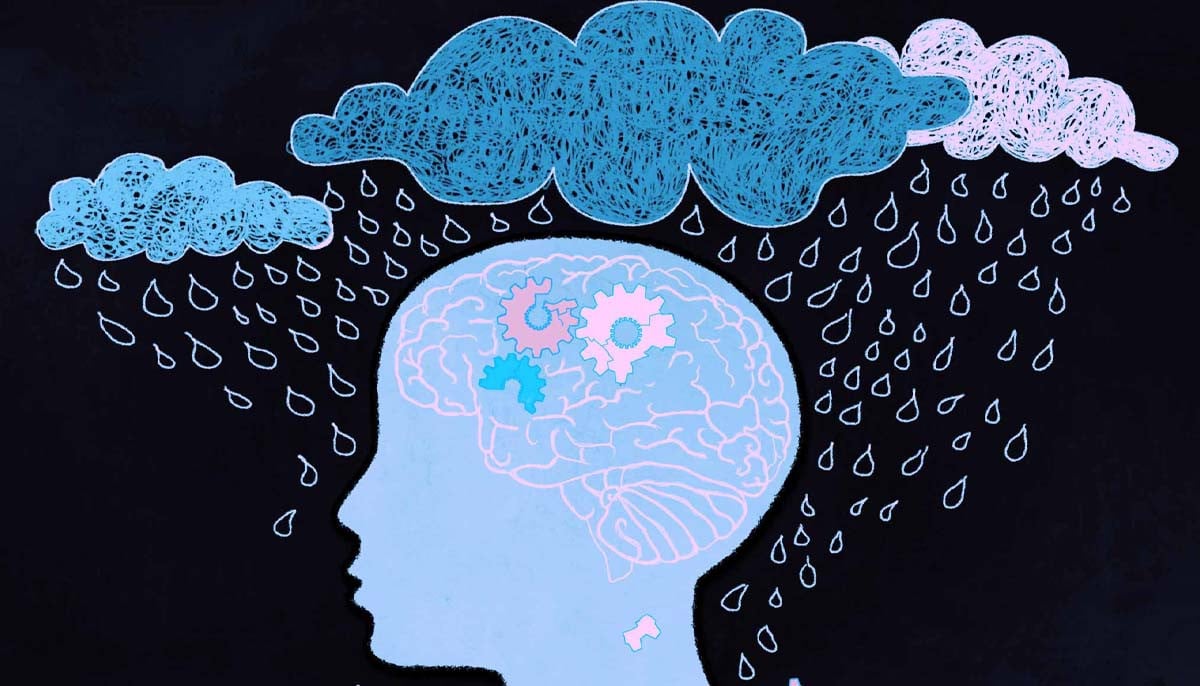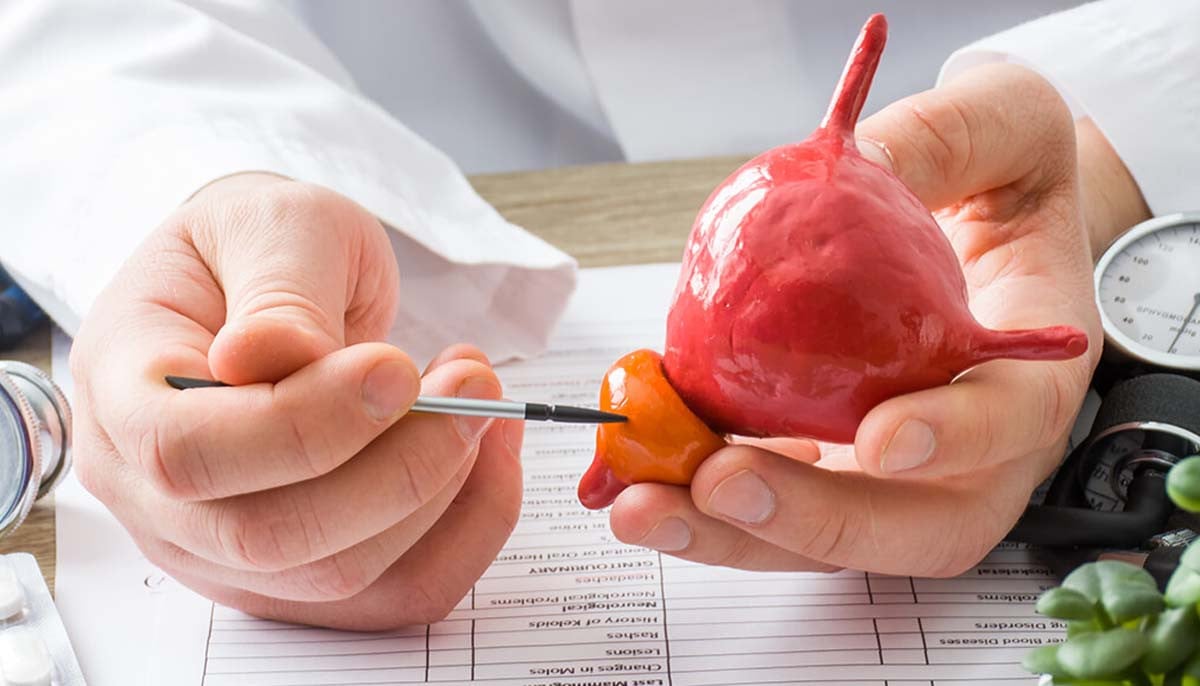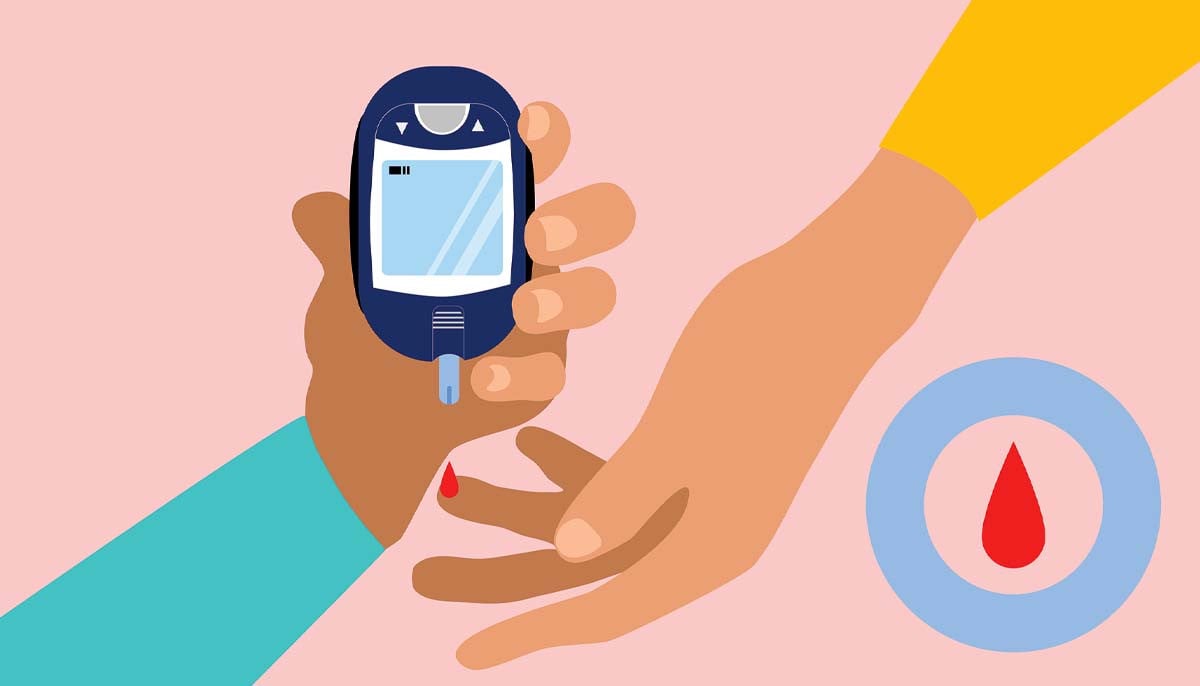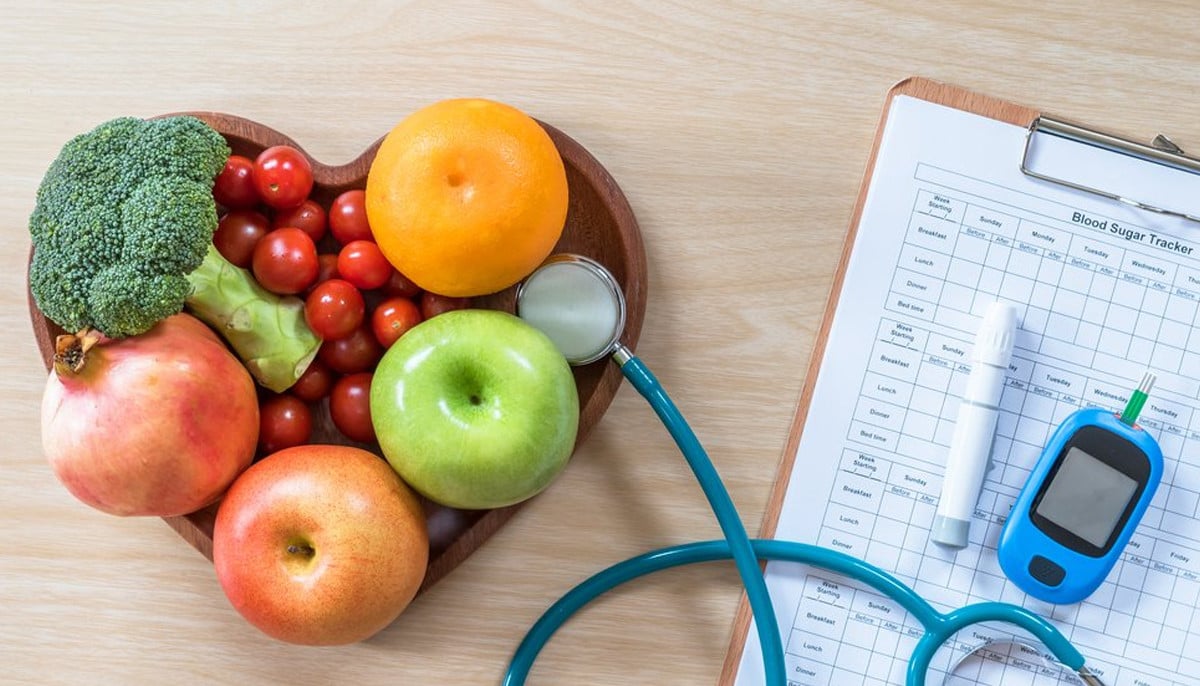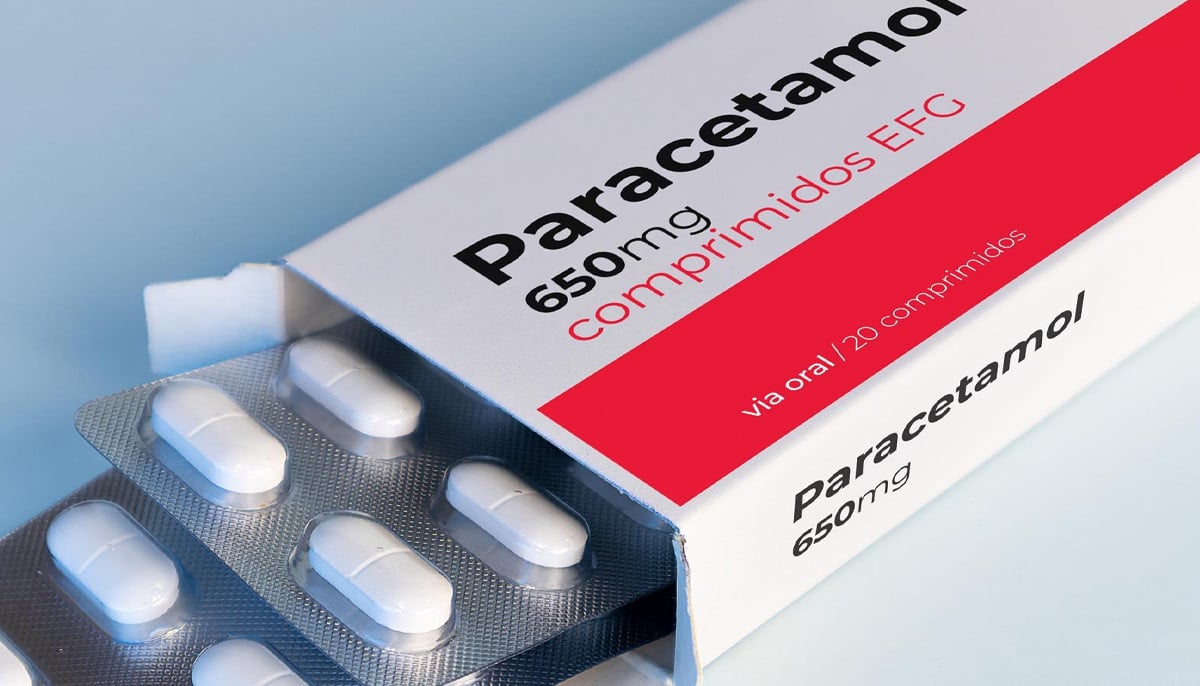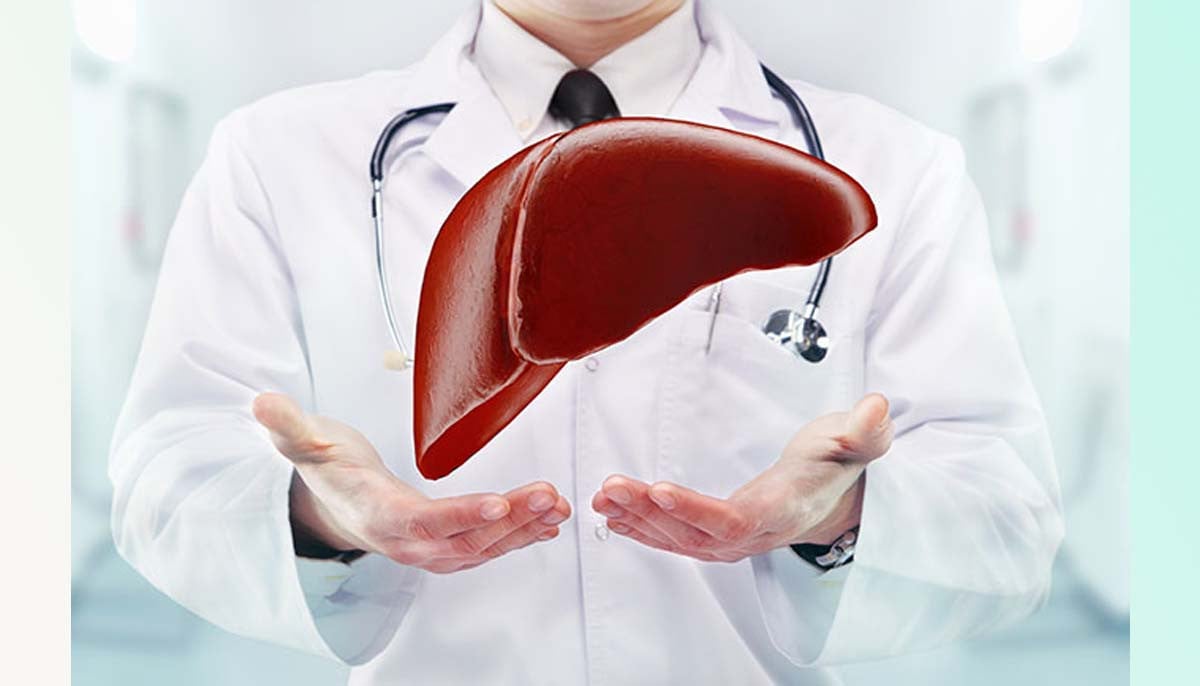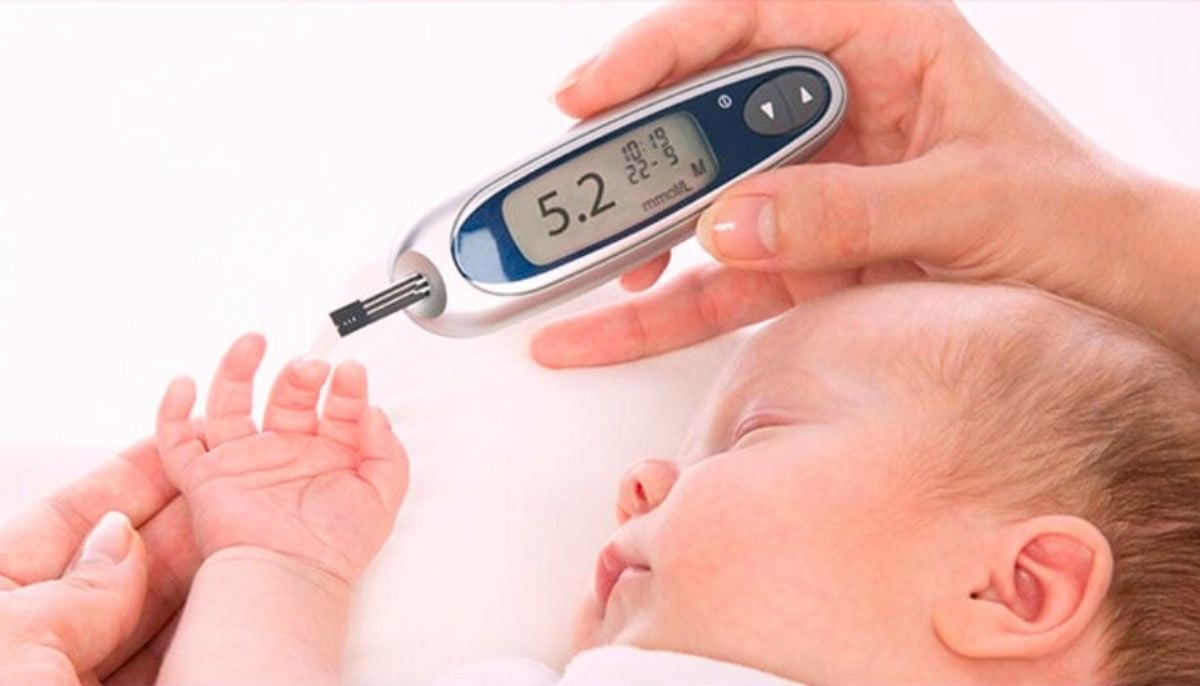'Purple foods' could protect you from diabetes
Anthocyanins found in red and purple fruits and vegetables like strawberries and blueberries may help prevent diabetes by influencing inflammation, gut flora, and energy metabolism
It seems that you might want to focus on eating more purple vegetables in addition to eating more overall.
Researchers at the University of Turku in Finland believe that anthocyanins, which are found in red and purple fruits and vegetables like strawberries and blueberries, may help prevent diabetes. Purplish tubers (potatoes), according to the study's authors, are particularly beneficial to your health.
It turns out that by influencing inflammation, gut flora, and energy metabolism, these pigments can lower the chance of developing diabetes, researchers said in their study published in the journal American Chemical Society.
This is a positive development, especially in light of the fact that the illness is common all over the world. Just over 37 million people have diabetes, according to the CDC. Nearly 96 million people over the age of 18 have prediabetes, and many might not even be aware of it. The effect seen in this study was much more pronounced in foods containing acylated anthocyanin, which is when the sugar molecules of anthocyanin have a chemical acyl group attached to them.
Foods like red cabbages, purple carrots, purple potatoes, and radishes are rich in acylated variants.
“The plant's genotype defines what kind of anthocyanins they produce. In general, purple vegetables contain many acylated anthocyanins. Also, purple potatoes, especially the Finnish variety called ‘Synkeä Sakari’, is abundant in acylated anthocyanins,” said postdoctoral researcher Kang Chen from the Food Sciences Unit at the University of Turku in a media release.
Nonacylated anthocyanins are primarily found in foods like bilberries and mulberries. Though acylation makes it more challenging to absorb during digestion, this isn't necessarily a bad thing because they also provide other fantastic benefits.
Due to the probiotic qualities of these anthocyanins, the intestinal lining's health can be enhanced and preserved. They can also control the metabolism of glucose and lipids, as well as the body's inflammatory response, which all together reduces the risk of diabetes more efficiently than their non-acylated counterparts.
“The studies have shown that, in addition to changing physical and chemical properties, the acylation affects how the anthocyanins are absorbed and metabolised,” said Chen.
Moving from the upper GI tract to the colon, acylated substances move throughout the body.
Gut microorganisms decompose and digest them when they get to the colon. The researchers also mention that whether or not the chemicals are acylated affects which glucose transporters are engaged in absorbing anthocyanins. The structural variations also have a variety of effects on the enzymes engaged in the metabolic processes.
“The latest research has shown that the acylated and nonacylated anthocyanins can impact Type 2 diabetes in different ways,” Chen concluded.
-
Type 2 diabetes hidden trigger in daily food revealed
-
Find out how you can avoid diabetes at your home
-
Pregnant women fighting 'like hell' against paracetamol?
-
‘Stranger Things’ star David Harbour speaks up about ‘psychotherapy’
-
Serious liver scarring shows potential to be reversed with latest drug
-
Late-night snacking linked to higher risk of liver disease
-
Newborns at risk: Health experts warn your baby could already have diabetes
-
Oprah Winfrey reveals how her weight-loss medication works



